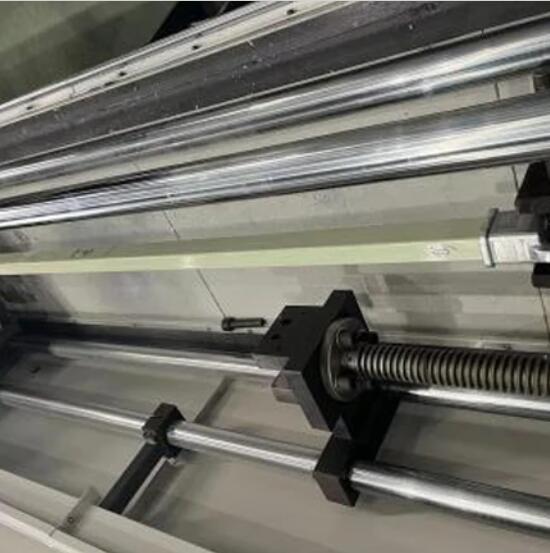Weathering the Elements: The Resilience of Fiberglass Composite Crossarms
2023-11-27
Introduction:
In the harsh and unpredictable environment of utility infrastructure, the ability of components to resist the impact of environmental elements is crucial for their longevity and performance. Fiberglass composite crossarms, a contemporary alternative to traditional materials, excel in their resistance to environmental factors, including UV radiation and moisture. In this blog, we will explore how fiberglass composite crossarms perform in the face of these challenging elements, highlighting the key features that make them a resilient choice for power distribution systems.
1. UV Radiation Resistance:
- Inherent UV Resistance: Fiberglass composite crossarms are engineered with inherent resistance to ultraviolet (UV) radiation. This resistance is a result of both the composition of the materials used and additional protective measures.
- Coatings and Treatments: Some manufacturers may apply specialized coatings or treatments to enhance UV resistance further, ensuring that the crossarms can withstand prolonged exposure to sunlight.
2. Benefits of UV Resistance:
- Preservation of Appearance: UV resistance prevents the degradation of the crossarm's appearance over time. The structure retains its color and finish, maintaining a clean and professional aesthetic.
- Structural Integrity: Protection against UV radiation preserves the structural and mechanical properties of the crossarm, ensuring it maintains its strength and load-bearing capacity.
3. Moisture Resistance:
- Inherent Moisture Resistance: Fiberglass composite materials are inherently resistant to moisture. Unlike materials such as wood, fiberglass does not absorb water, preventing issues such as swelling, warping, or rot.
- Corrosion Prevention: Moisture resistance contributes to corrosion prevention, a key advantage over materials like steel that can corrode when exposed to water.
4. Benefits of Moisture Resistance:
- Extended Lifespan: The resistance to moisture-related issues enhances the overall lifespan of fiberglass composite crossarms. They remain structurally sound and perform optimally even in humid or wet environments.
- Reduced Maintenance Needs: Moisture resistance reduces the need for frequent inspections, treatments, or replacements that may be required for materials susceptible to water damage.
5. Harsh Weather Conditions:
- Durability in Harsh Climates: Fiberglass composite crossarms are designed to withstand a range of weather conditions, from intense sunlight to heavy rain or snow.
- Consistent Performance: Regardless of the climate, fiberglass composite crossarms maintain their structural integrity and performance characteristics.
6. Corrosion Resistance:
- Inherent Corrosion Resistance: The resistance to corrosion, a common issue with materials like steel, ensures that fiberglass composite crossarms remain robust even in corrosive environments.
- Suitability for Coastal Areas: Fiberglass composite crossarms are particularly suitable for installations in coastal areas, where saltwater exposure can accelerate corrosion.
Conclusion:
Fiberglass composite crossarms prove their mettle in the face of environmental challenges, demonstrating exceptional resistance to UV radiation and moisture. The inherent qualities of fiberglass, combined with specialized manufacturing processes and additional protective measures, make these crossarms a reliable choice for utility infrastructure. As the demand for durable, low-maintenance solutions grows, fiberglass composite crossarms emerge as a steadfast option that weathers the elements, ensuring the reliability and longevity of power distribution systems in diverse environmental conditions.



